Filter by

Organising care around patients : Stories from the frontline of the NHS
Healthcare aims to be patient-centred but a large gap remains between the fine words and the reality. Care often feels designed for the convenience of the organisations that deliver it, and not enough around patients and their families, or even around the frontline staff who provide it. Why does this happen? What does it feel like? What can be done about it? This book stimulates reflection on t…
- Edition
- -
- ISBN/ISSN
- 9781526147448
- Collation
- -
- Series Title
- -
- Call Number
- -
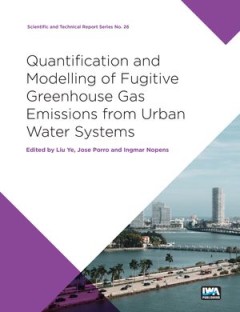
Facets of Facebook: Use and Users
The debate on Facebook raises questions about the use and users of this information service. This collected volume gathers a broad spectrum of social science and information science articles about Facebook. Facebook has many facets, and we just look forward above all to the use and users. The facet of users has sub-facets, such as different age, sex, and culture. The facet of use consists of…
- Edition
- -
- ISBN/ISSN
- 9783110419351
- Collation
- -
- Series Title
- -
- Call Number
- -
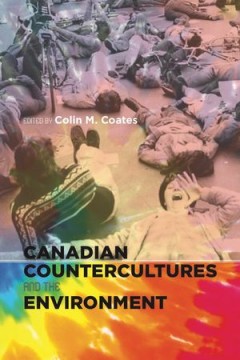
Canadian Countercultures and the Environment
Studies of the radical environmental politics of the 1960s have tended to downplay the extent to which much of that countercultural intellectual and social ferment continued into the 1970s and 1980s. Canadian Countercultures and the Environment adds to our knowledge of this understudied period. This collection contributes a sustained analysis of the beginning of major environmental debates in t…
- Edition
- -
- ISBN/ISSN
- 9781552388150
- Collation
- -
- Series Title
- -
- Call Number
- -

Dwelling in Political Landscapes
People all over the globe are experiencing unprecedented and often hazardous situations as environments change at speeds never before experienced. This edited collection proposes that anthropological perspectives on landscape have great potential to address the resulting conundrums. The contributions build particularly on phenomenological, structuralist and multi-species approaches to environme…
- Edition
- -
- ISBN/ISSN
- -
- Collation
- -
- Series Title
- -
- Call Number
- -
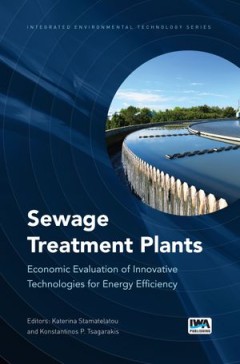
Defending Women's Rights in Europe: Gender Equality and EU Enlargement
Comparative analysis of gender equality reforms enacted in ten post-communist states who became members of the European Union. Between 2004 and 2007, ten post-communist Eastern European states became members of the European Union (EU). To do so, these nations had to meet certain EU accession requirements, including antidiscrimination reforms. While attaining EU membership was an incredible a…
- Edition
- -
- ISBN/ISSN
- 9781438455914
- Collation
- -
- Series Title
- -
- Call Number
- -
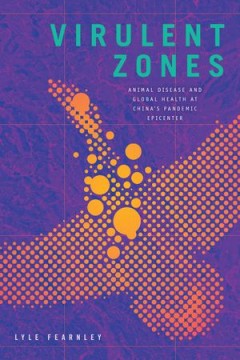
Virulent Zones : Animal Disease and Global Health at China's Pandemic Epicenter
Scientists have identified southern China as a likely epicenter for viral pandemics, a place where new viruses emerge out of intensively farmed landscapes and human--animal interactions. In Virulent Zones, Lyle Fearnley documents the global plans to stop the next influenza pandemic at its source, accompanying virologists and veterinarians as they track lethal viruses to China's largest freshwat…
- Edition
- -
- ISBN/ISSN
- 9781478009993
- Collation
- -
- Series Title
- -
- Call Number
- -
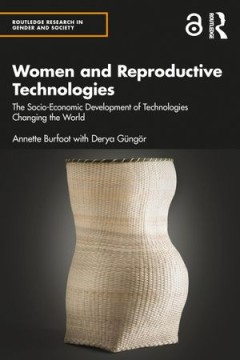
Women and Reproductive Technologies : The Socio-Economic Development of Techn…
A sociological and historical study of the development of reproductive technologies, this book focuses on key technological developments through a biomedicalization lens with special attention to gender. Using in vitro fertilization (IVF) as a hub, it critically examines the main areas of related socio-technical developments: reproductive science, birth control, animal husbandry, genetics and r…
- Edition
- -
- ISBN/ISSN
- 9781138606456
- Collation
- -
- Series Title
- -
- Call Number
- -

Conceiving the Goddess Transformation and Appropriation in Indic Religions
Conceiving the Goddess is an exploration of goddess cults in South Asia that embodies research on South Asian goddesses in various disciplines. The theme running through all the contributions, with their multiple approaches and points of view, is the concept of appropriation, whereby one religious group adopts a religious belief or practice not formerly its own. What is the motivation behind th…
- Edition
- -
- ISBN/ISSN
- 9781925377309
- Collation
- -
- Series Title
- -
- Call Number
- -

American Dolorologies: Pain, Sentimentalism, Biopolitics
Offers a critical history of the role of pain, suffering, and compassion in democratic culture. American Dolorologies presents a theoretically sophisticated intervention into contemporary equations of subjectivity with trauma. Simon Strick argues against a universalism of pain and instead foregrounds the intimate relations of bodily affect with racial and gender politics. In concise and orig…
- Edition
- -
- ISBN/ISSN
- 9781438450216
- Collation
- -
- Series Title
- -
- Call Number
- -
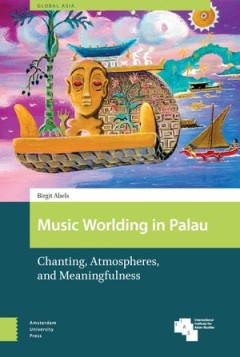
Music Worlding in Palau: Chanting, Atmospheres, and Meaningfulness
Music Worlding in Palau: Chanting, Atmospheres, and Meaningfulness is a detailed study of the performing arts in Palau, Micronesia as holistic techniques enabling the experiential corporeality of music’s meaningfulness—that distinctly musical way of making sense of the world with which the felt body immediately resonates but which, to a significant extent, escapes interpretive techniques. D…
- Edition
- -
- ISBN/ISSN
- 9789048550517
- Collation
- -
- Series Title
- -
- Call Number
- 780 ABE m
 Computer Science, Information & General Works
Computer Science, Information & General Works  Philosophy & Psychology
Philosophy & Psychology  Religion
Religion  Social Sciences
Social Sciences  Language
Language  Pure Science
Pure Science  Applied Sciences
Applied Sciences  Art & Recreation
Art & Recreation  Literature
Literature  History & Geography
History & Geography